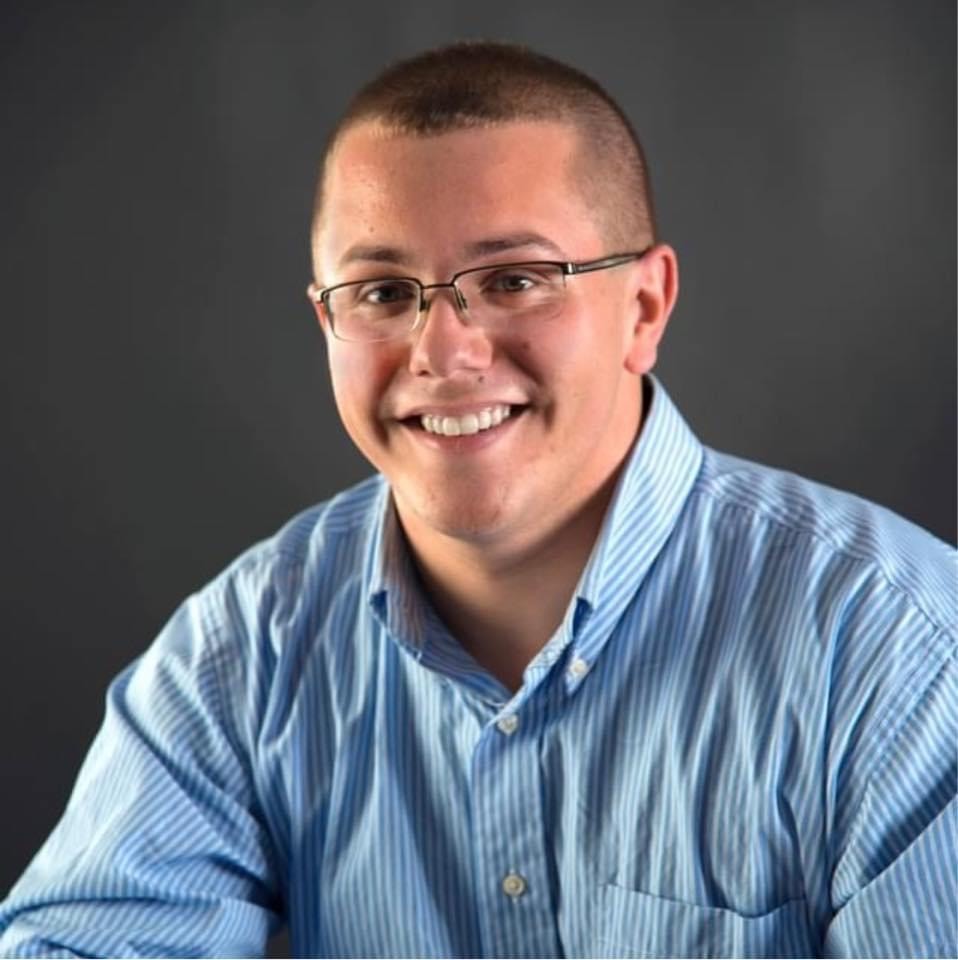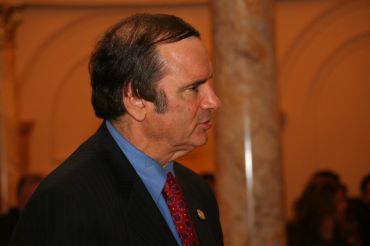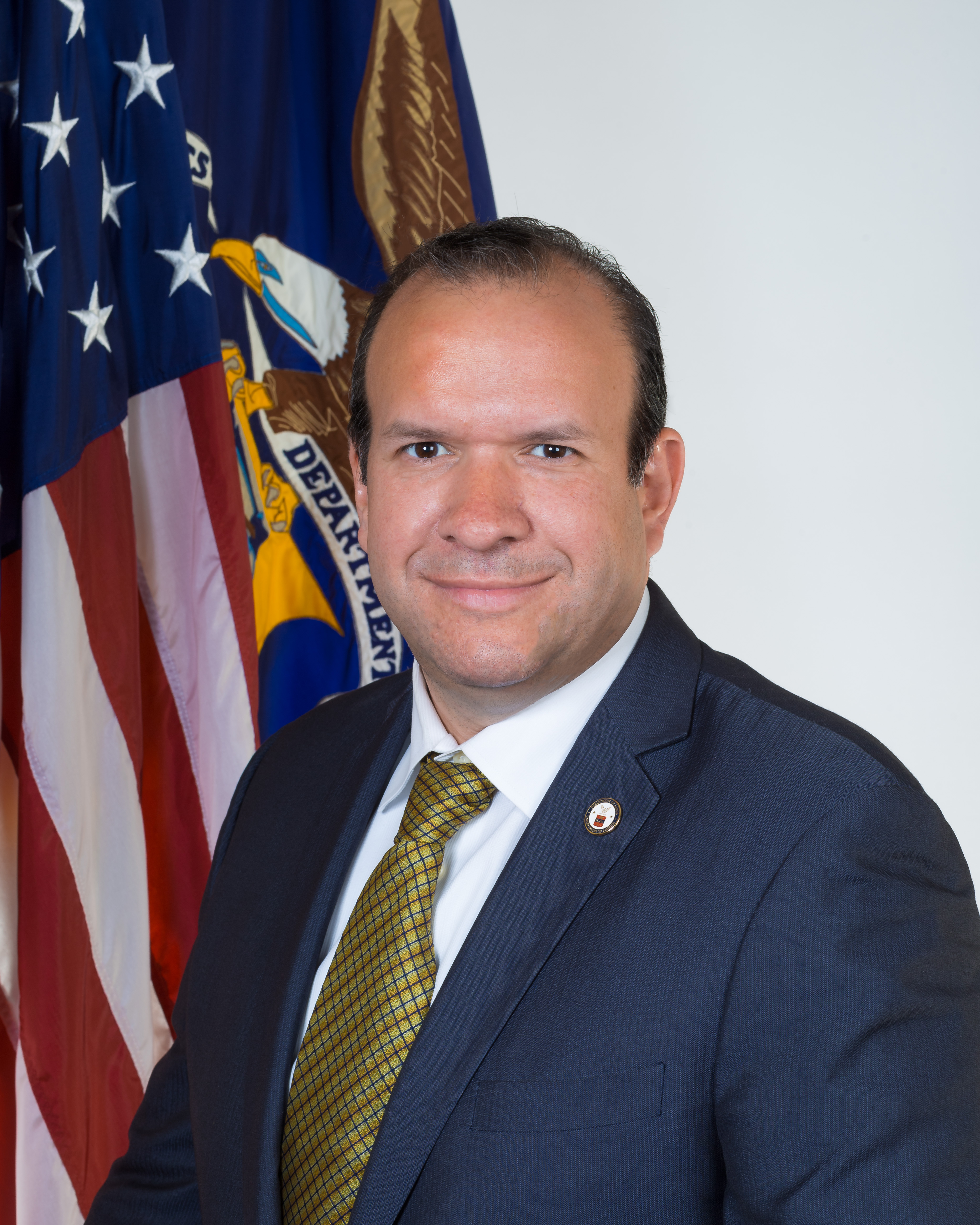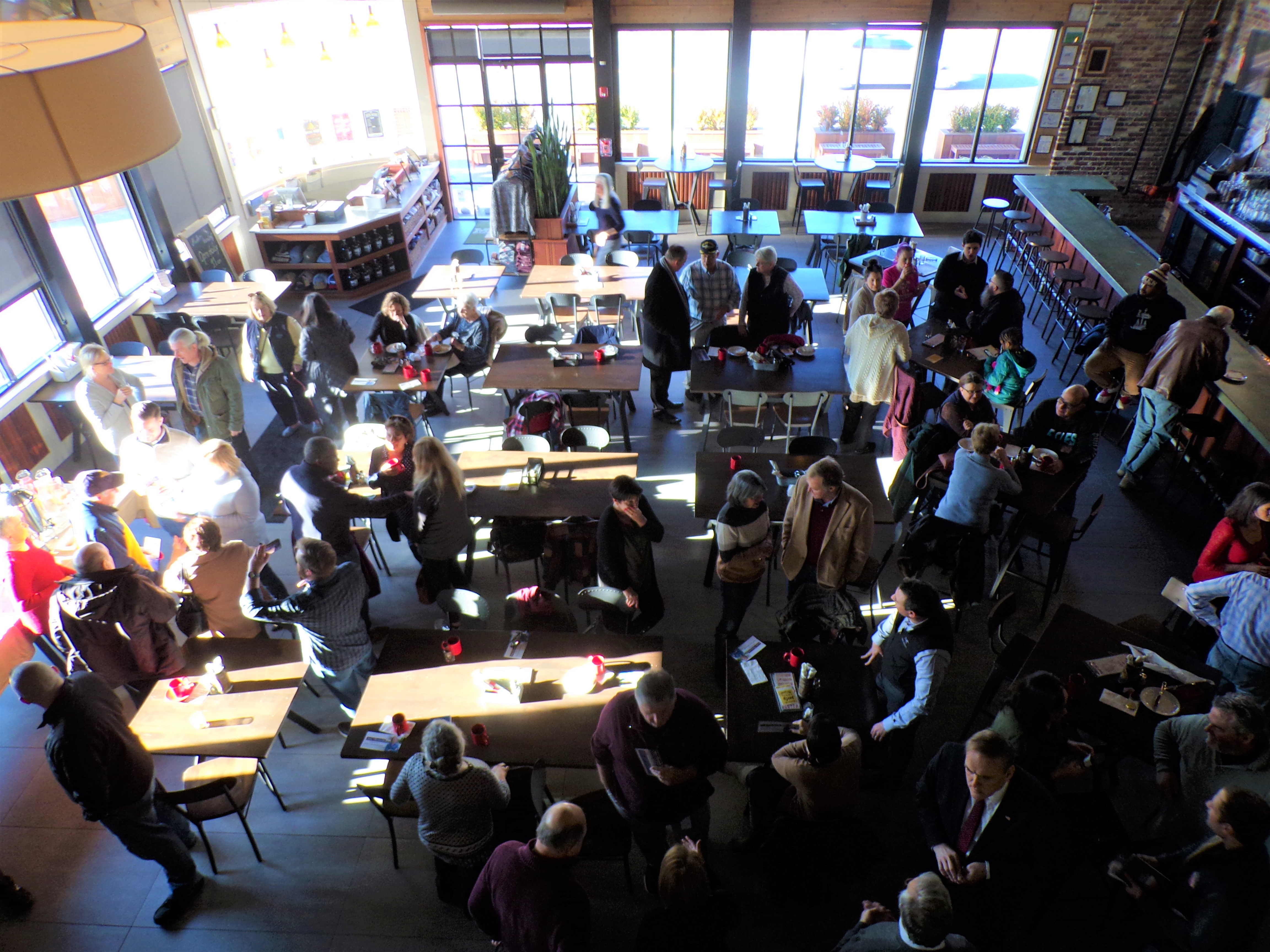Matawan is a borough in Monmouth County, New Jersey, United States. As of the 2010 United States Census, the borough’s population was 8,810, reflecting a decline of 100 (-1.1%) from the 8,910 counted in the 2000 Census, which had in turn declined by 360 (-3.9%) from the 9,270 counted in the 1990 Census.
Matawan is part of the Bayshore Regional Strategic Plan, an effort by nine municipalities in northern Monmouth County to reinvigorate the area’s economy by emphasizing the traditional downtowns, dense residential neighborhoods, maritime history, and the natural beauty of the Raritan Bayshore coastline.
Matawan was formed as a borough on June 28, 1895, from portions of Matawan Township (now Aberdeen Township), based on the results of a referendum held that day. Matawan expanded with portions of Matawan Township in 1931 and 1933, and from Madison Township (now Old Bridge Township) in 1939.
Despite being 11 miles (18 km) from the Atlantic Ocean, Matawan was the site of three shark attacks on July 12, 1916, in Matawan Creek, causing two deaths. They closely followed an attack in Beach Haven on July 1 and one in Spring Lake on July 6 that were all part of the Jersey Shore shark attacks of 1916.
Matawan played an important role in aviation navigation history. In 1944, the first operational Visual Aural Range (VAR) was installed at Matawan. Designed in 1937 at the Bureau of Air Commerce’s research center, this system operated in the VHF band around 63 mHz and was an incremental improvement over prior aviation navigation systems such as the four-course radio range. VAR was later redeveloped into VOR.
The borough borders Aberdeen Township and Marlboro Township in Monmouth County, as well as Old Bridge Townshipin Middlesex County. Matawan divides Aberdeen Township into two non-contiguous sections, with a small wedge-shaped exclave on the township’s southwest corner separated from the rest of the township by a portion of Matawan located on the opposite side of Route 79.
As of the 2010 United States Census, there were 8,810 people, 3,358 households, and 2,280 families residing in the borough. The population density was 3,896.6 per square mile (1,504.5/km2). There were 3,606 housing units at an average density of 1,594.9 per square mile (615.8/km2). The racial makeup of the borough was 80.98% (7,134) White, 7.04% (620) Black or African American, 0.11% (10) Native American, 6.41% (565) Asian, 0.01% (1) Pacific Islander, 2.77% (244) from other races, and 2.68% (236) from two or more races. Hispanic or Latino of any race were 10.77% (949) of the population.
Source: Wikipedia
















